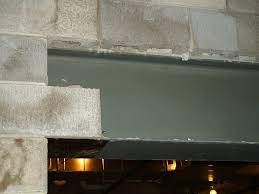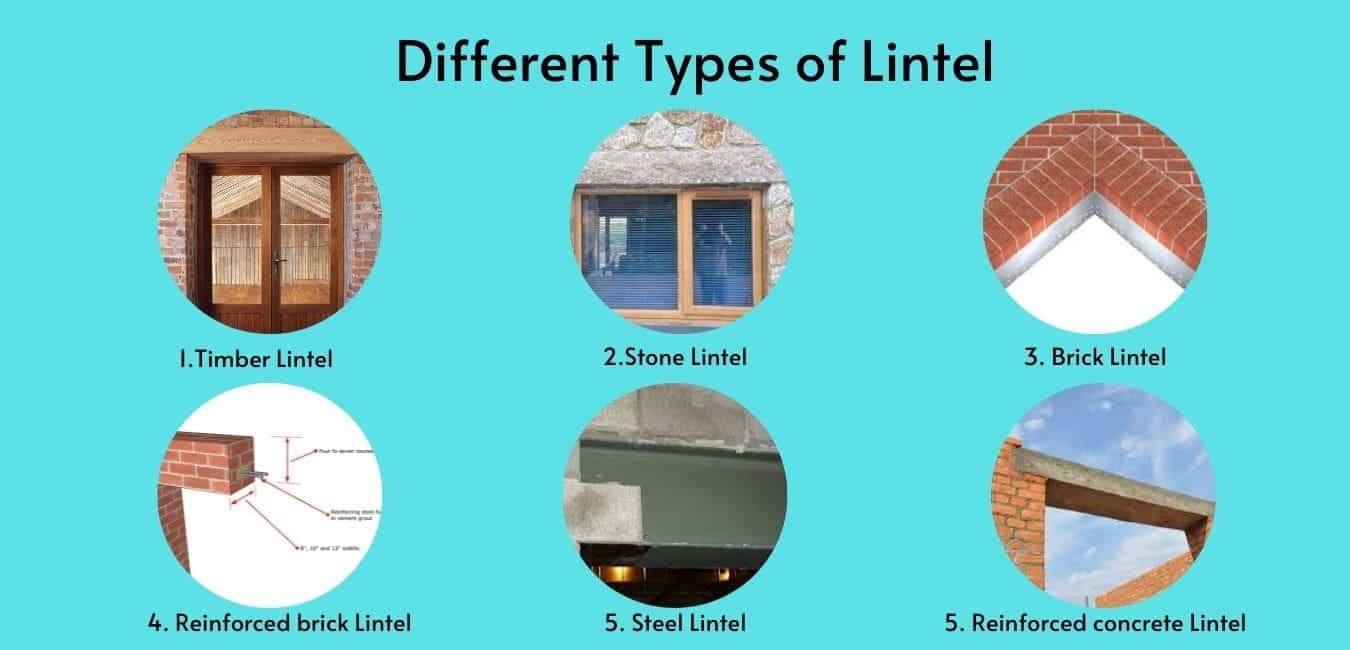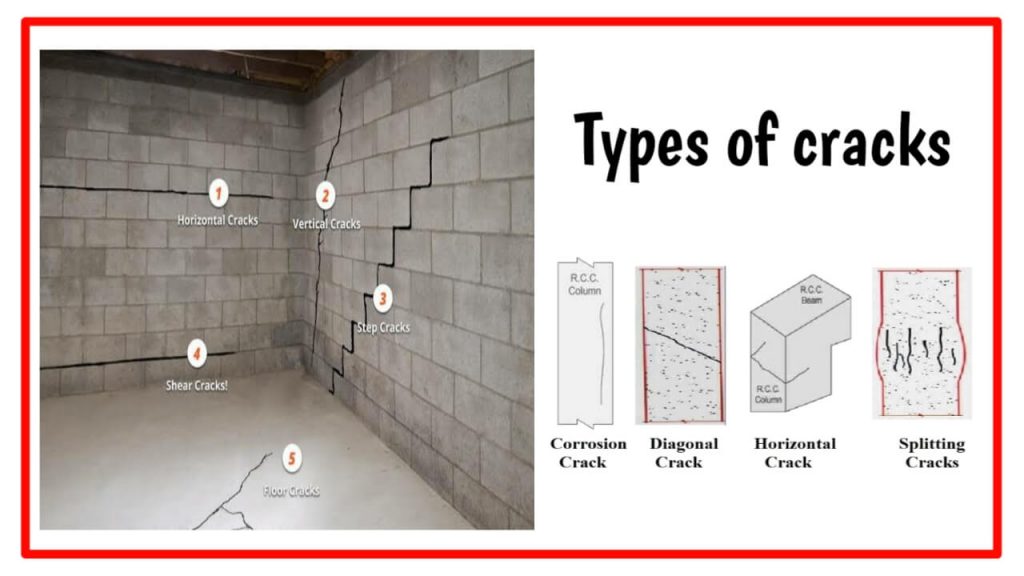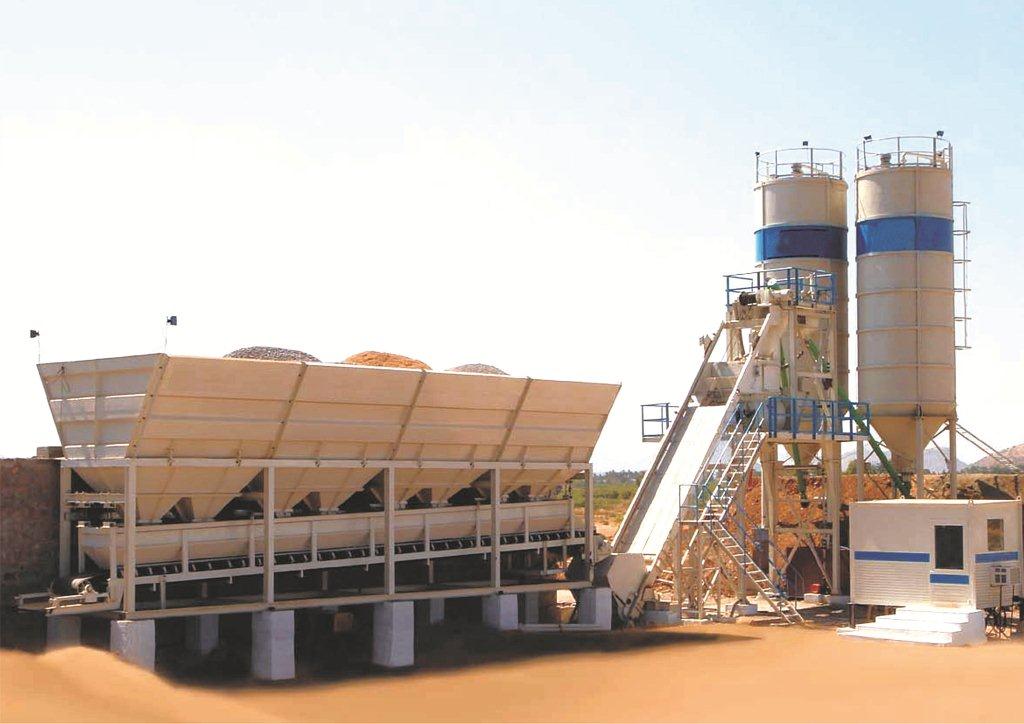A lintel, an essential structural component in buildings, plays a critical role in maintaining the integrity of openings such as doors and windows. This article delves into the theoretical aspects of lintel beams, presenting a comprehensive overview of their types, uses, and properties, thereby aiding in the selection of the most appropriate lintel for construction projects.

What is a Lintel? – Defining the Basics
A lintel is a type of beam positioned above openings like doors and windows in a building structure. It supports the wall or partition material above these openings. The Merriam-Webster definition encapsulates it as “A flat horizontal beam that spans the space between two supports.”
Variations in Terminology
In American English, it’s known as “lintel,” while the British English term is “lintol.” Both terms refer to the same structural element.
Materials Used in Lintel Construction
Lintel beams can be constructed from a variety of materials, each with its unique properties and applications. These materials include:
- Reinforced cement concrete (RCC)
- Stone
- Wood/Timber
- Bamboo
- Steel
Functions of Lintels
Lintels serve several key purposes in construction:
- Load Distribution: They distribute the load from the wall above the opening to the adjacent walls or supports.
- Protection: Lintels act as a safeguard for windows and doors.
- Structural Integrity: They provide resistance against lateral loads like wind or seismic forces.
- Support: They can support chimney stacks above fireplaces and act as support for canopy members.
- Aesthetic Enhancement: Lintels can be decorative, enhancing a building’s architectural appeal.
- Bridge Support: In certain contexts, they can function as small bridge-like supports.
Properties of Lintels
Lintels are characterized by their placement ending in masonry walls or columns, a minimum bearing length of 100mm, and their ability to convey weight to the masonry walls. The width of a lintel typically matches that of the supporting wall.
Lintel Beam Construction Guidelines
While construction guidelines vary across regions, some general principles include:
- A minimum bearing length of 100mm.
- Lintel span should not exceed 3.5 meters.
- Reinforcement is essential for all concrete lintels.
- Reinforcement bars should extend beyond the opening’s edge into the lintel supports.
Types of Lintels and Their Applications
1. Timber Lintel
Used predominantly in areas with abundant timber, this type is less durable and has certain limitations like vulnerability to fire and rot.
2. Stone Lintel
Ideal for regions with ample stone, these lintels are robust but have limitations like high cost and difficulty in transportation.
3. Reinforced Concrete Lintel
Common in modern structures, these lintels can support heavy loads and large spans, offering durability and fire resistance.
4. Brick Lintel
Suitable for small openings with light loads, brick lintels are often used in domestic structures.
5. Reinforced Brick Lintel
These are used to overcome the limitations of brick lintels in supporting heavier loads and larger spans.
6. Steel Lintel
Ideal for heavy loads and significant opening gaps, steel lintels are cost-effective and offer high load-bearing capacity.

Conclusion
Selecting the right lintel involves understanding its types, materials, and uses. The information presented provides a comprehensive guide to making informed decisions in lintel selection for construction projects, ensuring both functionality and aesthetic appeal.










